
Do you have a question about the Cisco Nexus 5500 Series NX-OS and is the answer not in the manual?
| Brand | Cisco |
|---|---|
| Model | Nexus 5500 Series NX-OS |
| Category | Network Router |
| Language | English |
Overview of SAN switching for Cisco NX-OS devices, covering key concepts and features.
Detailed steps for configuring physical and virtual Fibre Channel interfaces on Cisco Nexus devices.
Explains Fibre Channel interface modes, states, reason codes, and related topics.
Explains the fcdomain feature for principal switch selection, domain ID distribution, and FC ID allocation.
Covers the configuration of N Port Virtualization (NPIV) on Cisco Nexus devices for fabric mode.
Provides an overview of NPV mode, server interfaces, NP uplinks, and FLOGI operations.
Details how to configure VSAN trunking for transmitting frames across multiple VSANs on E and F ports.
Covers the aggregation of physical Fibre Channel interfaces into logical interfaces for bandwidth and resiliency.
Describes how to configure and manage Virtual Storage Area Networks (VSANs) for improved security and fabric stability.
Details how to configure port security to reject intrusion attempts and report them to the administrator.
Covers the configuration of fabric binding to ensure Inter-Switch Links (ISLs) are enabled only between specified switches.
Explains the port tracking feature on physical Fibre Channel interfaces for faster recovery from link failures.
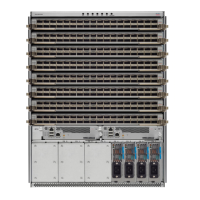
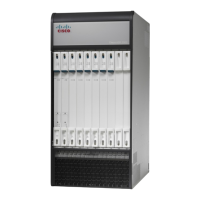

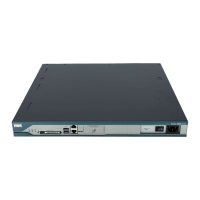
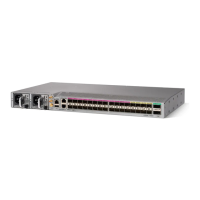
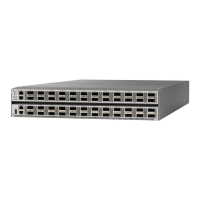





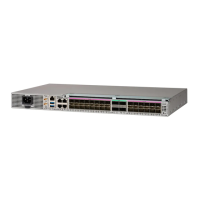
